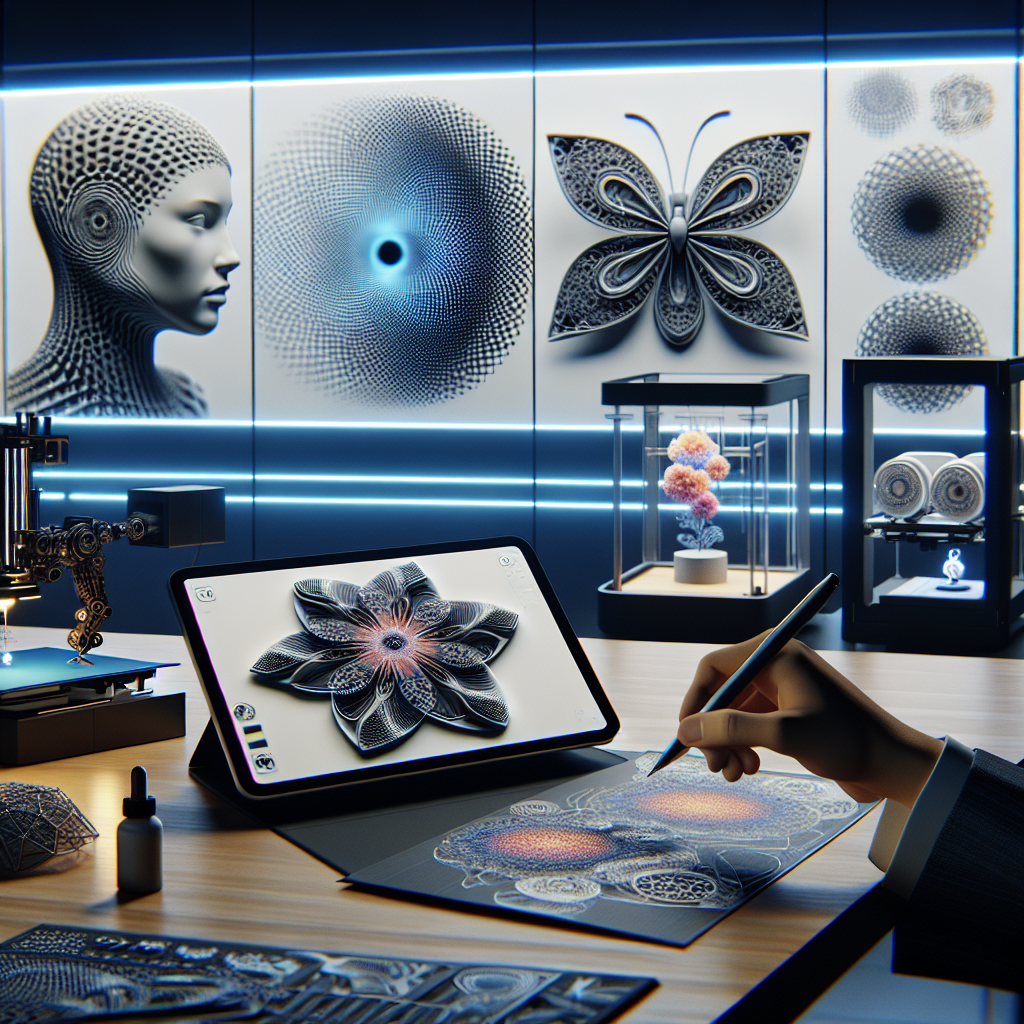Generative artificial intelligence (AI) is revolutionizing the way products are designed and developed, offering a range of benefits that can significantly enhance the design process. By utilizing generative AI, designers can explore countless possibilities, optimize designs, and streamline the product development process. In this article, we will explore the benefits of using generative AI in product design and how it can transform the industry.
Benefits of Using Generative AI in Product Design
1. Enhanced Creativity and Innovation
Generative AI can help designers break free from traditional design constraints and explore new, innovative ideas. By generating and evaluating a wide range of design options, designers can push the boundaries of creativity and come up with fresh, unique concepts. This can lead to the development of products that are not only aesthetically pleasing but also highly functional and innovative.
2. Faster Design Iterations
Traditionally, the design process can be time-consuming, with designers having to manually create and evaluate multiple design iterations. Generative AI can automate this process, rapidly generating and evaluating a large number of design options. This can significantly speed up the design process, allowing designers to explore more possibilities in a shorter amount of time. As a result, products can be brought to market faster, giving companies a competitive edge.
3. Optimal Design Solutions
Generative AI can analyze design requirements and constraints to generate optimal design solutions. By considering factors such as material properties, manufacturing processes, and performance requirements, generative AI can help designers create designs that are not only aesthetically pleasing but also functional and efficient. This can result in products that are better suited to their intended purpose and perform better in real-world applications.
4. Cost-Effective Design Process
Using generative AI in product design can help companies save time and money by automating repetitive tasks and optimizing the design process. By generating and evaluating design options quickly and efficiently, designers can identify cost-effective solutions that meet design requirements. This can result in reduced design iterations, lower production costs, and faster time to market, ultimately leading to increased profitability for companies.
5. Sustainability and Environmental Impact
Generative AI can help designers create products that are more sustainable and have a lower environmental impact. By optimizing designs for material efficiency, energy consumption, and recyclability, generative AI can help companies reduce waste, conserve resources, and minimize their carbon footprint. This can align with consumer preferences for environmentally-friendly products and help companies meet sustainability goals.
FAQs
Q: How does generative AI work in product design?
A: Generative AI uses algorithms and machine learning to generate and evaluate design options based on input parameters and constraints. Designers can specify design requirements such as size, shape, material, and performance criteria, and generative AI can generate a range of design options that meet these criteria. Designers can then evaluate and refine these options to arrive at an optimal design solution.
Q: What types of products can benefit from generative AI in design?
A: Generative AI can be used in the design of a wide range of products, including consumer goods, automotive components, industrial equipment, and architectural structures. Any product that requires design optimization, innovation, and cost-effectiveness can benefit from generative AI in the design process.
Q: How can companies implement generative AI in their design process?
A: Companies can implement generative AI in their design process by investing in AI software tools, training their design teams on AI technologies, and integrating generative AI into their design workflows. Collaborating with AI experts and consultants can also help companies leverage generative AI effectively in their product design process.
Q: What are the challenges of using generative AI in product design?
A: While generative AI offers many benefits, there are also challenges associated with its implementation in product design. These challenges include the need for specialized AI expertise, data privacy and security concerns, and potential bias in AI-generated designs. Companies should address these challenges by investing in AI training and education, implementing data security measures, and ensuring transparency and accountability in AI design processes.
In conclusion, generative AI is a powerful tool that can transform the product design process by enhancing creativity, speeding up design iterations, optimizing design solutions, and reducing costs. By leveraging generative AI in product design, companies can create innovative, sustainable products that meet consumer needs and stay ahead of the competition. With the right tools, training, and expertise, companies can harness the full potential of generative AI and revolutionize their design processes.

